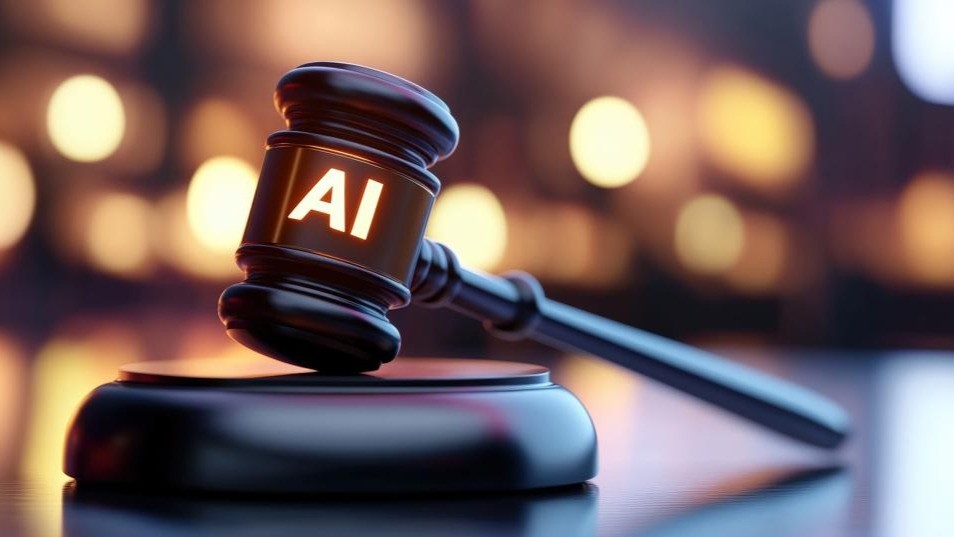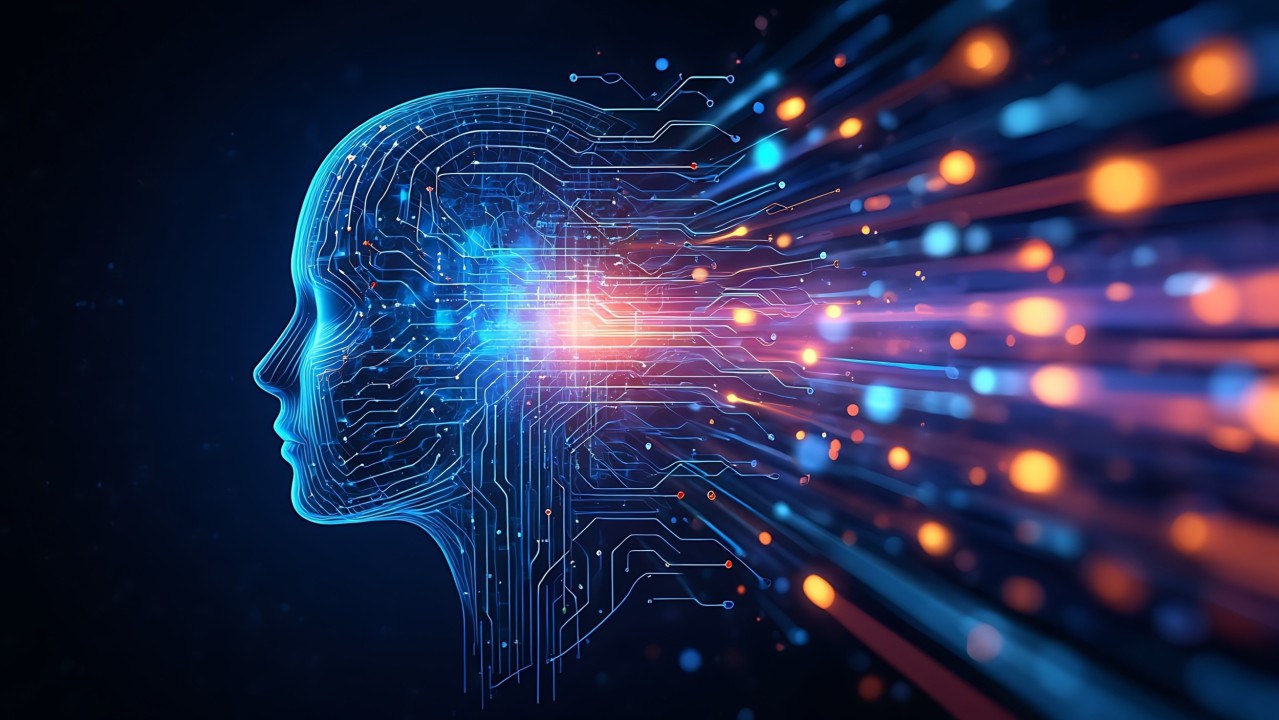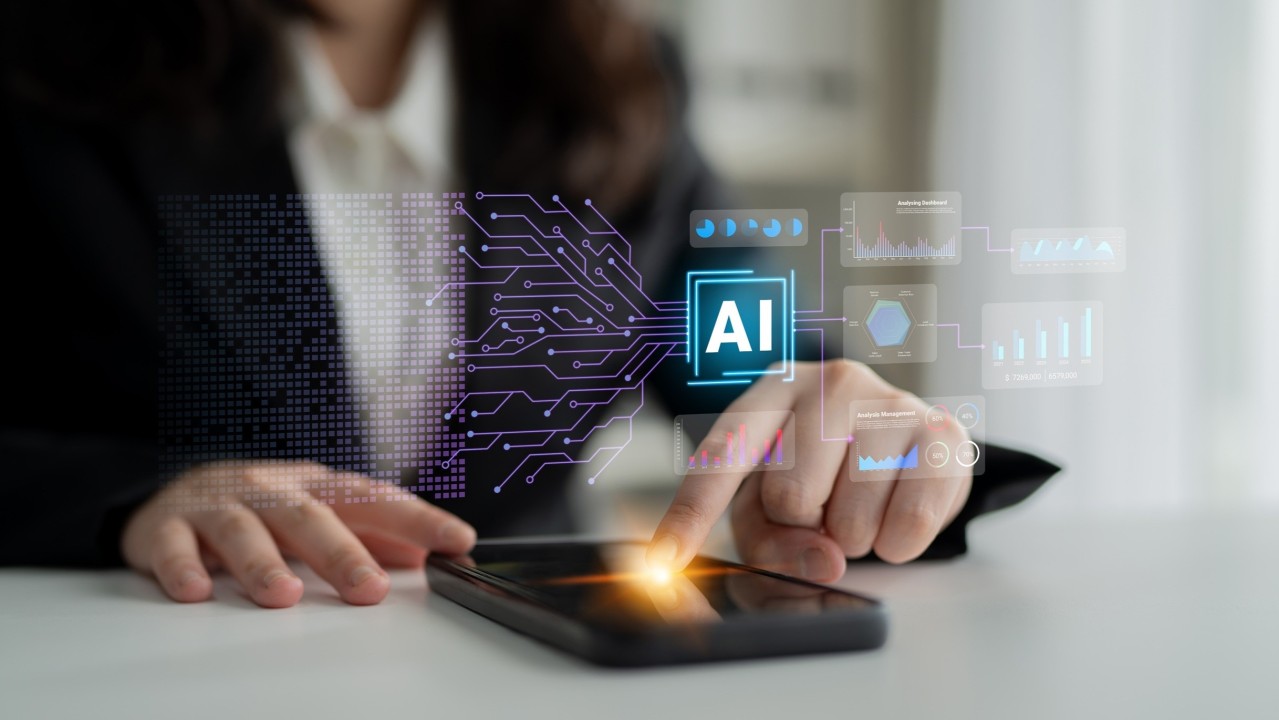The Amazing Ways Amazon Is Using AI Robots
30 September 2024
Amazon, the e-commerce giant, has long been at the forefront of technological innovation. But perhaps one of its most impressive feats is the way it’s harnessing artificial intelligence (AI) and robotics to revolutionize its operations. I recently had the pleasure of speaking with Tye Brady, Chief Technologist at Amazon Robotics, who provided fascinating insights into how Amazon is using AI robots to transform the way we shop and receive goods.

The World's Largest Fleet Of Industrial Mobile Robots
When it comes to robotics, Amazon isn't just dipping its toes in the water - it's diving in headfirst. According to Brady, Amazon boasts "the world's largest fleet of industrial mobile robots out there, more than 750,000 drive units alone." These robots, far from being simple machines, are powered by sophisticated AI systems that enable them to navigate complex warehouse environments and work alongside human employees seamlessly.
One of the most impressive innovations Brady shared is the Hercules drive unit. These mobile robots have turned traditional warehouse operations on their head. Instead of workers traversing long aisles to pick items, the robots bring entire shelves of inventory directly to the workers. "We can now move these shelves of inventory on demand very efficiently and store them with a really great packing efficiency," Brady explained. This system has led to a staggering 40% improvement in storage density compared to traditional systems.
AI-Powered Perception And Navigation
But it's not just about moving shelves around. Amazon's latest robot, Proteus, takes things a step further. This autonomous mobile robot is certified safe to work around people, thanks to its advanced AI-powered perception systems. Brady enthusiastically described how Proteus can navigate through crowded spaces, much like a person would at a cocktail party. "It fuses together a whole bunch of sensors and it just kind of slowly makes its way through... whenever there's a little opportunity to move, it'll just nudge itself forward and get the job done."
What's particularly fascinating about Proteus is its human-like features. It has eyes and visual indicators that help human workers understand its intentions. "If Proteus wants to go around a corner, it kind of will avert its gaze and look around the corner, and a person can look at it and go, 'Oh, it looks like it wants to take a right turn,'" Brady explained. This kind of human-machine interface design is crucial for creating a harmonious work environment where robots and humans can collaborate effectively.
Transforming The Entire Supply Chain
Amazon's use of AI robots isn't limited to its warehouses. Brady outlined how robotics and AI are being applied across the entire supply chain, from the "first mile" where goods are stored and prepared for shipping, through the "middle mile" of sorting and regional distribution, to the "last mile" of delivery to the customer's door.
In sortation centers, for example, robotic arms have sorted more than three billion packages. The recently announced Sequoia system, a containerized storage solution, has reduced order processing time by 25%. These innovations are helping Amazon push the boundaries of what's possible in e-commerce logistics, enabling faster delivery times and greater efficiency.
The Future of Human-Robot Collaboration
One of the most intriguing aspects of Amazon's approach to robotics is its focus on human-robot collaboration. Rather than aiming for full automation, Amazon sees robots as tools to enhance human capabilities. "We use robotics and automation, particularly fueled by AI, to extend human capability to allow people to do their jobs in a better manner," Brady emphasized.
This collaborative approach is not just about efficiency - it's also about creating better, safer jobs. Since heavily investing in robotics a decade ago, Amazon has created 700 new job types related to robotics. Brady is passionate about eliminating "the menial, the mundane, the repetitive" tasks, allowing human workers to focus on higher-level problem-solving and customer service.
The Road Ahead
Looking to the future, Brady sees exciting possibilities in cloud-connected robots that can learn from each other and adapt to new situations. He envisions a world where multiple specialized robots work together in coordination, supervised by humans with enhanced capabilities. "Human supervisory control is a field that will completely change the world when done right with our machines," he predicted.
Brady also emphasized the importance of continued innovation in perception systems, which have seen vast improvements in recent years thanks to AI. These advancements are crucial for enabling robots to understand and navigate the human world safely and effectively.
A More Human Future
Perhaps the most inspiring aspect of Amazon's robotics vision is its potential to make us more human. By automating routine tasks and enhancing our capabilities, AI and robotics could free us to focus on uniquely human skills like creativity, empathy, and complex problem-solving.
As we look ahead to a future shaped by AI and robotics, Amazon's innovations offer a glimpse of the possibilities. From transforming how we shop and receive goods to creating new types of jobs and enhancing human capabilities, the impact of these technologies is likely to be profound. And if Amazon's vision is realized, it could lead to a future that's not just more efficient, but more human too.
Related Articles
8 AI Ethics Trends That Will Redefine Trust And Accountability In 2026
By now, “smart” versions exist of just about every home appliance, gadget and gizmos we can think of. However, manufacturers continue[...]
The 7 Banking And Fintech Trends That Will Define 2026
By now, “smart” versions exist of just about every home appliance, gadget and gizmos we can think of. However, manufacturers continue[...]
The 8 Biggest Healthcare Technology Trends To Watch In 2026
By now, “smart” versions exist of just about every home appliance, gadget and gizmos we can think of. However, manufacturers continue[...]
Why The AI Supercycle Will Fail Without Advanced Networks
By now, “smart” versions exist of just about every home appliance, gadget and gizmos we can think of. However, manufacturers continue[...]
The Two-Tier AI Economy: Why Half Of Companies Are Being Left Behind And How To Close The Gap
By now, “smart” versions exist of just about every home appliance, gadget and gizmos we can think of. However, manufacturers continue[...]
5 AI-Era Skills Mistakes That Will Cost Your Business Millions In 2026
By now, “smart” versions exist of just about every home appliance, gadget and gizmos we can think of. However, manufacturers continue[...]
Sign up to Stay in Touch!
Bernard Marr is a world-renowned futurist, influencer and thought leader in the fields of business and technology, with a passion for using technology for the good of humanity.
He is a best-selling author of over 20 books, writes a regular column for Forbes and advises and coaches many of the world’s best-known organisations.
He has a combined following of 4 million people across his social media channels and newsletters and was ranked by LinkedIn as one of the top 5 business influencers in the world.
Bernard’s latest book is ‘Generative AI in Practice’.










Social Media